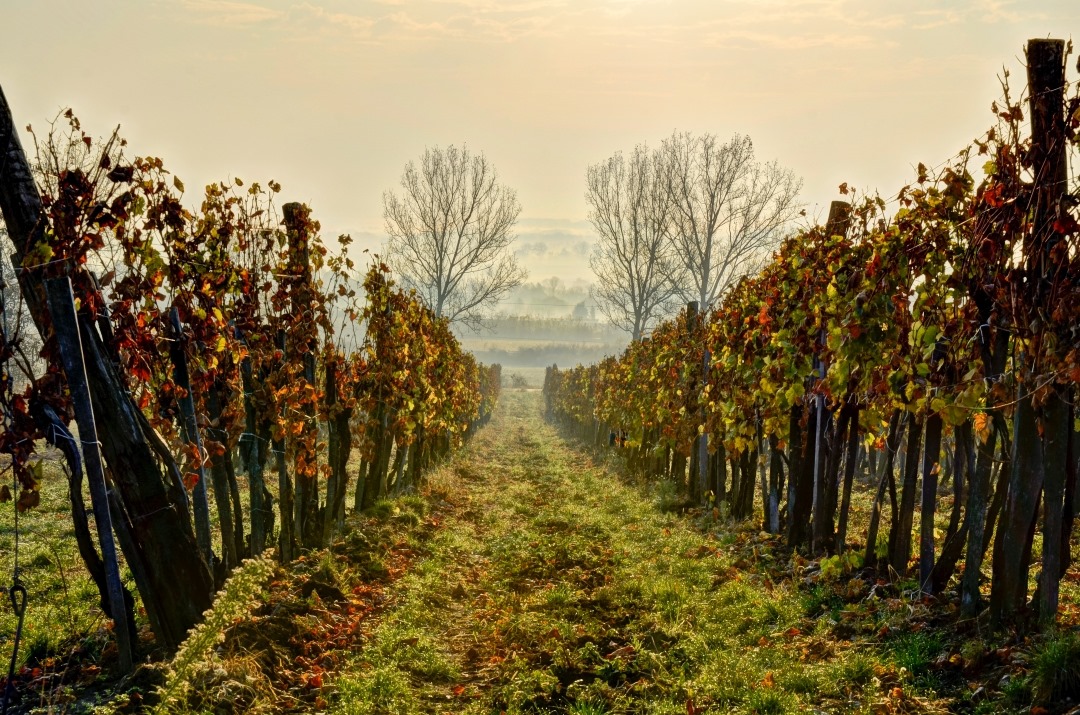Hungarian wine and wine regions in danger?

By the end of the 21st century, Hungarian winemakers should expect a natural environment similar to the one near the Mediterranean Sea today, Attila Buzási, an assistant professor at the Budapest University of Technology and Economics, said in a recently published paper. According to the expert, growing olaszrizling (Italian Riesling), kadarka, or hárslevelű will be uncertain. However, in the case of red wines, vintners might improve not only quality but also competitiveness, thanks to climate change.
According to 24.hu, consumers need to get used to the idea that they will not get the same quality, taste, and quantity from Hungarian winemakers because of extreme weather conditions. Based on the forecasts, the weather will become warmer in Hungary in the next decades, thanks to climate change. Furthermore, the intensity and the pattern of the rainfall will be much more volatile than today.
This process has a significant effect on the winegrowing and winemaking industry and will affect the quality of the wines as well. For example,
such iconic Hungarian grape types as the Italian Riesling (olaszrizling), kadarka, or hárslevelű are sensitive to these conditions.
Based on some climate models, the weather in Hungary will dramatically change in the 21st century. As a result, almost no wine regions will have the same weather conditions as at the beginning of the 2000s.
The effects of climate change on the Hungarian wine regions can be eloquently illustrated with the case of the Szekszárd wine region.
- What inspired a Swedish brother and sister to produce wine in Hungary?
- The best Hungarian wine guide for Christmas
- Hungarian wines won 58 medals at the world’s most prestigious wine competition
Today, the pattern of rainfalls is much more volatile than the national average in that region. Furthermore, thanks to its southern location, the temperature is higher there than the Hungarian average. However, in the future, there will be more intense droughts in the region because of climate change.
To make matters worse, the
grape types typical in the wine region are sensitive.
However, the changes can help, for example, the Blue Frankish, which is climatically more resistant.
Attila Buzási said that climate change did not equal global warming. He added that the increasing frequency of extreme weather is also dangerous. Therefore, he said that the winemakers had to adapt and even resettle.
That means that, by the end of the 21st century, the location of the Hungarian wine regions will be different than today.
Source: 24.hu


I would like to be around when those predicted climate changes do not happen, but I am 75 now and not likely to reach 2050, much less a latter part of the century. From somewhere I hope to read accounts of Hungarian wine production and see that the only change is increased overall production.